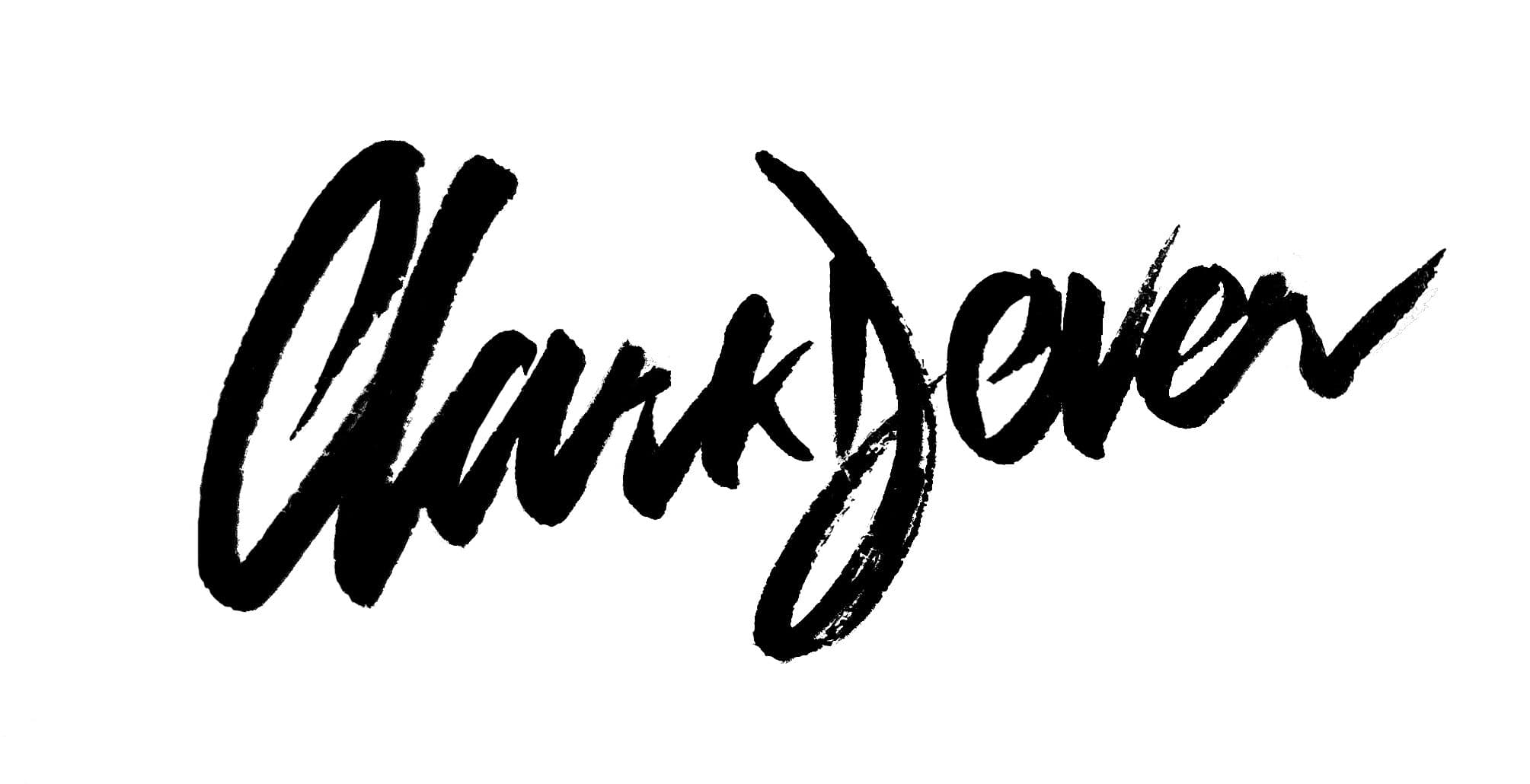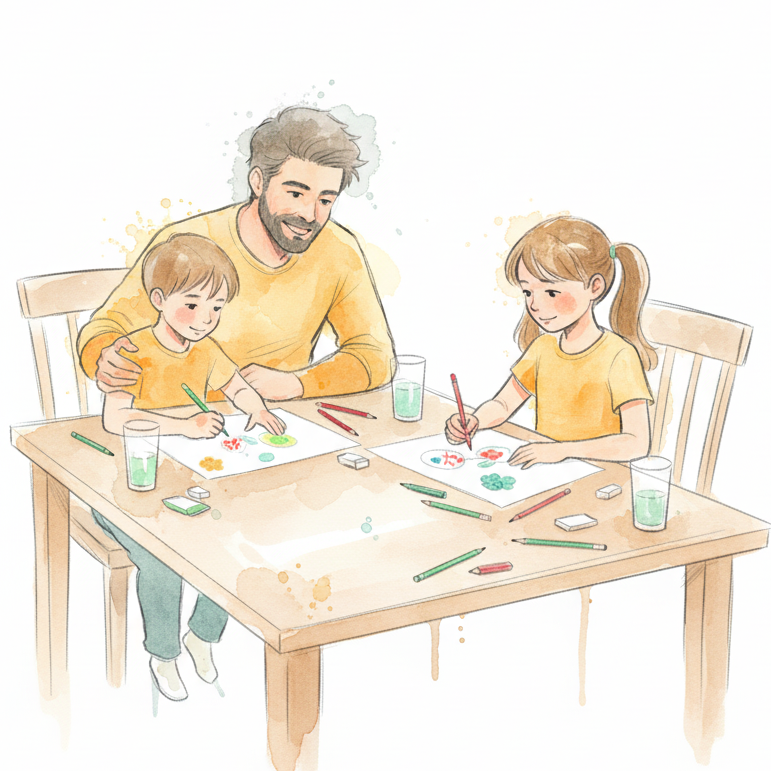TL;DR: Product Discovery Lessons From Hand-Cranking AI Games
- Manual workflows reveal hidden friction: The duct-tape version shows you where users actually struggle, not where you think they will
- Speed beats perfection in discovery: Ship messy prototypes to gather real user behavior data faster than setting up a focus group
- Failed outputs are valuable data: Every broken prompt and weird AI result teaches you how to build a better prompts
- Kids are fearless user researchers: They give unfiltered feedback and find creative uses you never imagined
- Delight signals product-market fit: If your prototype makes people laugh or creates genuine excitement, you're onto something real
- Hand-cranking scales insights: Manual processes let you understand user workflows before you automate the wrong things
The fastest path to product clarity: build something messy, use it yourself, then fix what annoys you.
Hand-Cranked Product Discovery
Product discovery for this idea started at my kitchen table during a family art night. Exquisite Corpse is a collaborative drawing game invented by surrealist artists in the 1920s. Each person contributes to a creation without seeing what others have drawn. I first learned it in my twenties at parties with design friends from ad agencies. We'd pass around sketches between beers and marvel at the absurd pieces we create together. Now it's become a family favorite.
As the kids and I sit around the table, we fold three sheets of paper into thirds. First, everyone sketches a head in the top section. Then we pass our drawing to the next artist who draws a torso in the middle. Finally, we pass it along again for legs in the bottom section. The magic happens when we unfold our creations and laugh at each big reveal.
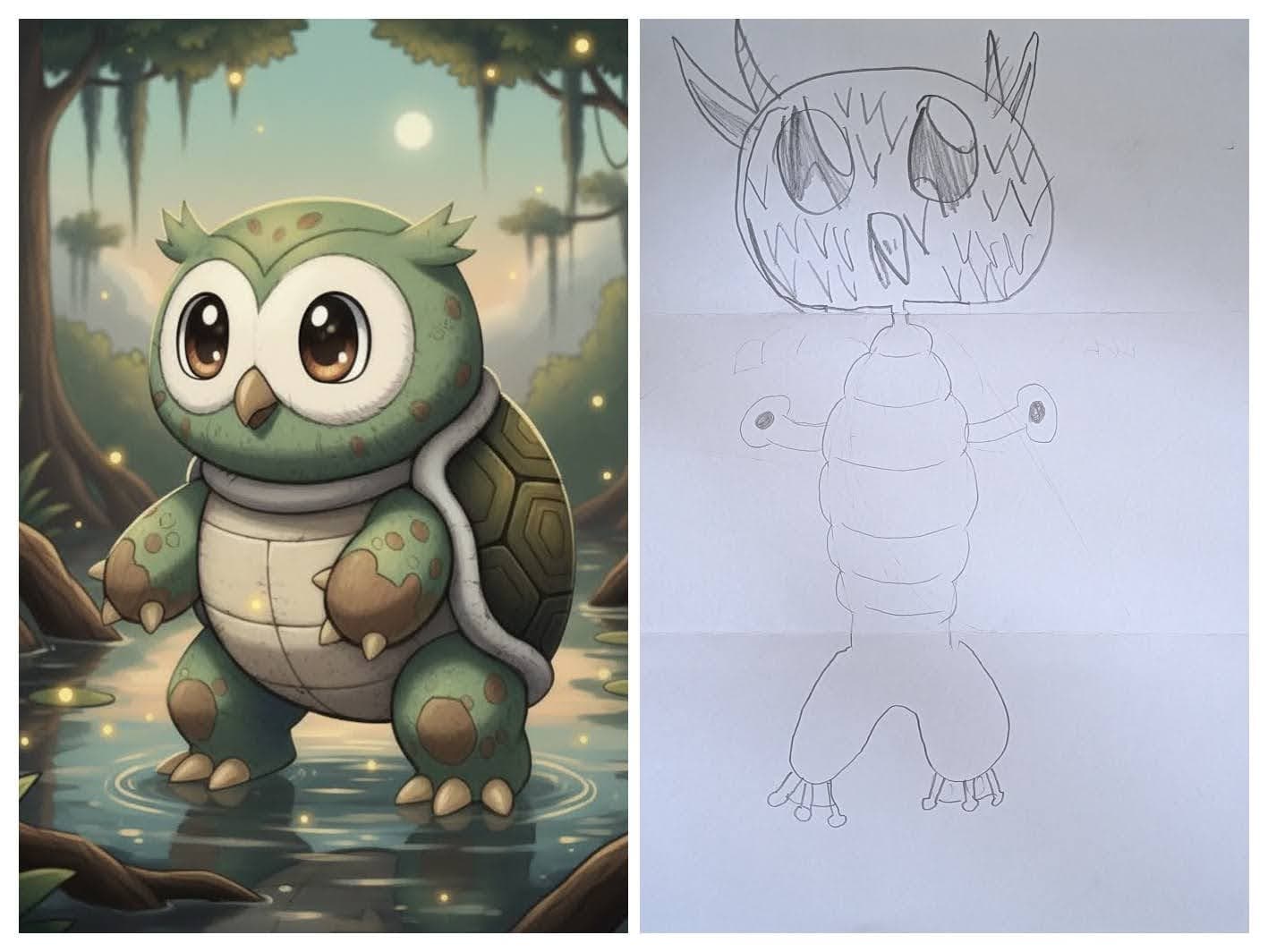
The next step was me with my phone, snapping a picture of whatever creature we invented. I'd type out prompts for Nano-Banana (Google's code name for its Gemini 2.5 Flash model). Nothing fancy. Just simple prompts hand-cranked through AI Studio. We explored different styles together. The kids would suggest backgrounds for the images. I'd explain the nuances of our rough pencil sketches to our AI artist friend to create more accurate interpretations of our time constrained outlines.
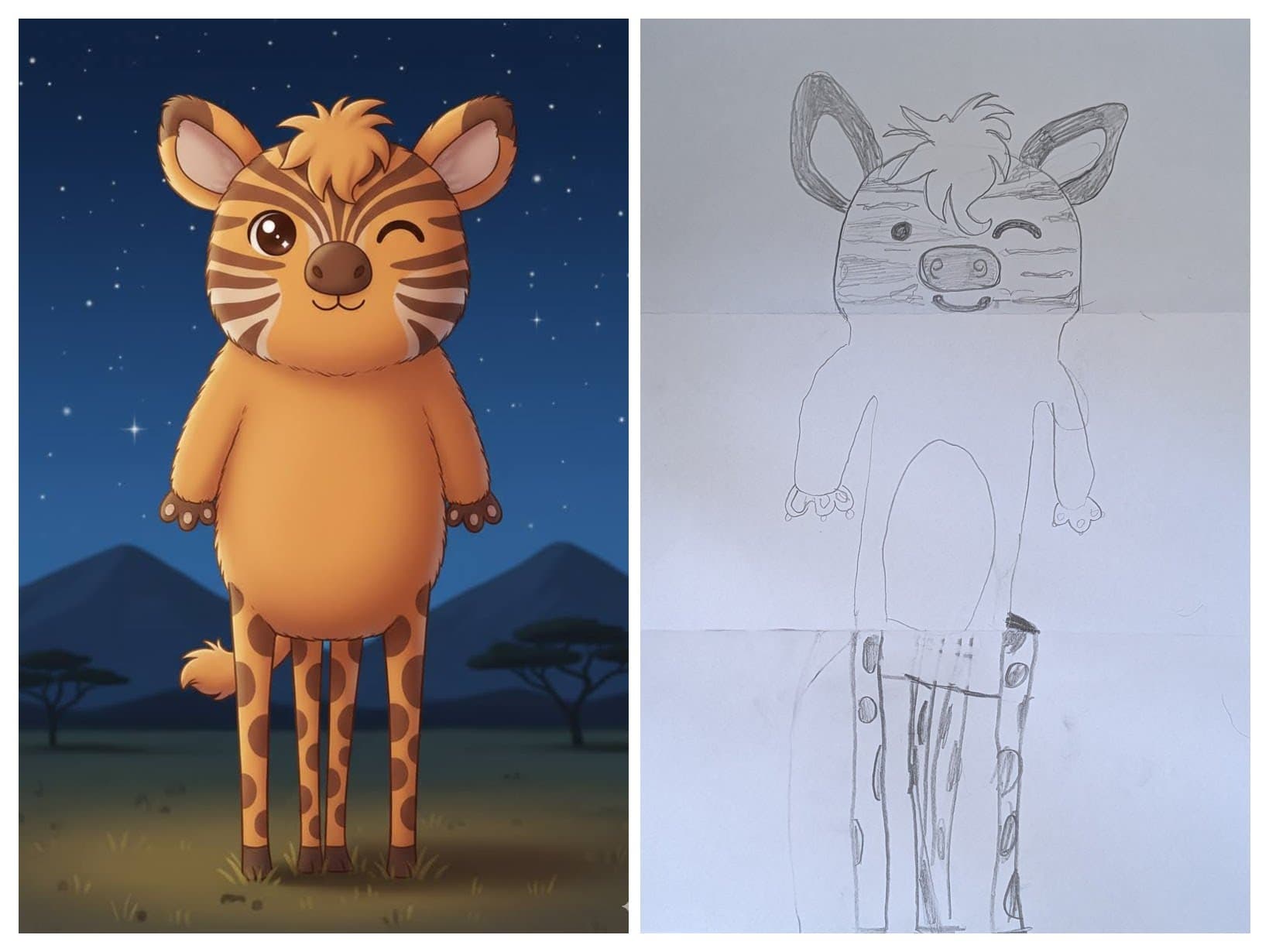
Sometimes the model nails it. Other times, it gives us unhinged janky nonsense. Either way, my kids laughed. That's how I know there was something real here.
Manual Testing Reveals Real User Workflows
Doing it all manually isn't efficient. But it generates insights that a customer discovery conversation can't match.
Where delight actually lived: Not in the AI output quality, but in the anticipation and reveal moment. Kids didn't care if the dragon looked perfect—they cared about the surprise of seeing their sketch transformed.
Where friction actually lived: Photo cropping was annoying. Prompt rewrites broke the flow. Waiting for AI generation killed momentum. The technical steps between drawing and magic needed to disappear.
What kids actually wanted: More control over backgrounds and styles. Ability to save favorite creatures. An easy way to run the experience end to end without Dad helping.
The critical insight: You don't know the real workflow until you've lived through the messy version. Every product team thinks they understand their user journey. Most are optimizing for imaginary problems while missing the actual friction points.
Hand-cranking forces you to experience every step as a user, not a product manager.
Why Product Planning Fails
Every PM knows the temptation. Spend weeks creating User Stories. Sketch perfect flows in Figma. Map user journeys and optimize conversion funnels. The problem is, you're polishing assumptions instead of gathering evidence.
When I hand-cranked this AI game, I wasn't guessing about user behavior. I was discovering it in real time. My kids didn't care about "roadmaps" or "user stories." They cared if the spider-dragon had eight legs when the AI was done rendering it.
That clarity only emerges when you're building with real inputs, not whiteboarded hypotheticals.
Experience has taught me:
- Users will always find creative ways to break your intended workflow
- The technical steps you think are "quick" feel endless to actual users
- Delight often comes in unexpected moments, not your planned "wow" features
In theory, there is no difference between theory and practice. In practice, there is.
- Benjamin Brewster
The fastest way to validate product assumptions: stop planning and start building something people can actually use.
Why Kids are Great Product Testers
Kids are the most honest testers you'll ever work with. They don't worry about hurting your feelings or being "constructive." They just attempt to reach the objective, and tell you why it's hard.
What makes them exceptional testers:
- No preconceptions: They don't know what's "supposed" to happen, so they try everything
- Immediate feedback: If something is confusing or broken, you know instantly
- Creative misuse: They'll use your product in ways you never imagined and often find better workflows
- Emotional honesty: If it's delightful, they laugh. If it's boring, they walk away. No politeness filter.
My kids and I also collaboratively tell stories together playing a rules-lite version of Dungeons and Dragons. When they saw the owl-turtle rendered in Pokemon style, they wanted to see what it would look like as a tabletop miniature. So we took the Pokemon-looking version and told Nano-Banana to render it as a miniature. Then they wanted to see it from all sides, so we took the miniature image and told Nano-Banana to rotate it 90 degrees a few times, then put all the images together in a gif.
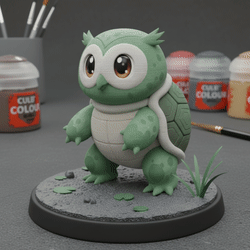
The product lesson: Most user research is contaminated by politeness and leading questions. Kids give you raw, unfiltered reactions to your actual product experience.
That attitude is exactly what most product teams need. Stop trying to perfect the first draft. Make something quick. Test it with random people from your intended audience. See if it sparks genuine laughter, curiosity, or repeated use.
That's the signal that separates real products from elaborate solutions to imaginary problems.
A Product Discovery Framework That Works
Messy first drafts are the fastest path to product clarity.
Hand-cranking this AI game with my kids reinforced what I've learned building products for two decades: manual testing and prototype development teaches you more about users than any research study. This approach mirrors the lean startup methodology I've used in previous ventures.
1. Build the manual version first
- Do everything by hand before you automate anything
- Experience every step as your user would
- Document where you get frustrated or confused
2. Ship something embarrassingly simple
- If you're not slightly embarrassed by your first version, you waited too long
- Real user feedback beats internal perfectionism every time
- Broken features teach you more than polished ones
3. Measure delight, not metrics
- Watch for genuine laughter, repeated use, and creative misuse
- Users voting with their time is more valuable than survey responses
- If people aren't excited enough to show others, you don't have product-market fit yet
4. Scale insights, not features
- Understand why something works before you make it faster or prettier
- The magic often lives in unexpected places
- Premature optimization kills more products than bad ideas
Don't build fast for its own sake, find genuine delight in users by doing things that don't scale, before you waste months polishing the wrong features.
Start Your Own Product Discovery Experiment
Want to see how this kitchen table experiment evolves into a real product? I'm documenting the full journey. From prompt engineering discoveries to technical architecture decisions to the reality of working with current AI tools. Join me as I share my experience with emerging technology and startup product development.
What product idea are you over-thinking instead of hand-cranking? What could you build manually this week to test your core assumptions? The thing you're avoiding because it feels too simple might be exactly what your users need.
For more insights on product management and emerging technology, explore my thoughts on AI security challenges and lessons from competitive pressure testing.
